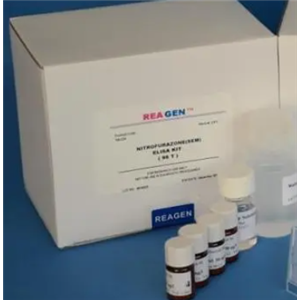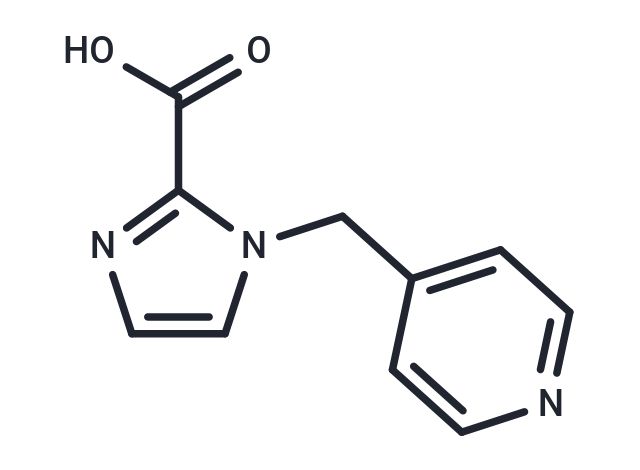网站主页
1439899-44-1
化合物 Metallo-β-lactamase-IN-6
化合物 Metallo-β-lactamase-IN-6|T60239|TargetMol
Metallo-β-lactamase-IN-6
1439899-44-1
1439899-44-1
¥13800
50mg
起订
¥10600
25mg
起订
¥17500
100mg
起订
上海 更新日期:2024-12-02
产品详情:
- 中文名称:
- 化合物 Metallo-β-lactamase-IN-6
- 英文名称:
- Metallo-β-lactamase-IN-6
- CAS号:
- 1439899-44-1
- 品牌:
- TargetMol
- 产地:
- 美国
- 保存条件:
- Shipping with blue ice.
- 产品类别:
- 抑制剂
- 货号:
- T60239
公司简介
TargetMol Chemicals Inc. 总部位于马萨诸塞州波士顿,致力于为全球生化领域科学家的研究提供专业的产品和服务。TargetMol?品牌的客户群分布于40多个国家和地区,已发展成为全球知名的化合物库和小分子化合物研究供应商。 TargetMol?可提供160多种满足不同需求的化合物库,以及多种类型的生化试剂产品,包括12000多种抑制剂、16000多种天然产物和各类多肽、抗体、生命科学试剂盒等,此外,我们还建设有CADD(计算机辅助药物设计)研究中心、药理实验室、药化合成平台三大技术中心,全方位满足客户的定制需求。 凭借我们优质的产品和服务、快速高效的全球供应链和专业的技术支持,我们将有效帮助您缩短研发周期,取得更成功的结果。
| 成立日期 | (12年) |
| 注册资本 | 589.8595万人民币 |
| 员工人数 | 100-500人 |
| 年营业额 | ¥ 1亿以上 |
| 经营模式 | 贸易,工厂,试剂,定制,服务 |
| 主营行业 | 中间体,天然产物,生物化工,化学试剂,生物技术服务 |
化合物 Metallo-β-lactamase-IN-6相关厂家报价
-

- Human β-lactamase Elisa Kit
- 上海嘉定区澄浏公路52号 VIP
- 2025-02-05
- ¥1200
-

- Recombinant β-lactamase TEM-1
- 碧云天生物技术有限公司
- 2025-01-30
- 询价
-

- 人β内酰胺酶(β-lactamase)Elisa试剂盒
- 上海雅吉生物科技有限公司 VIP
- 2025-02-06
- ¥1200


